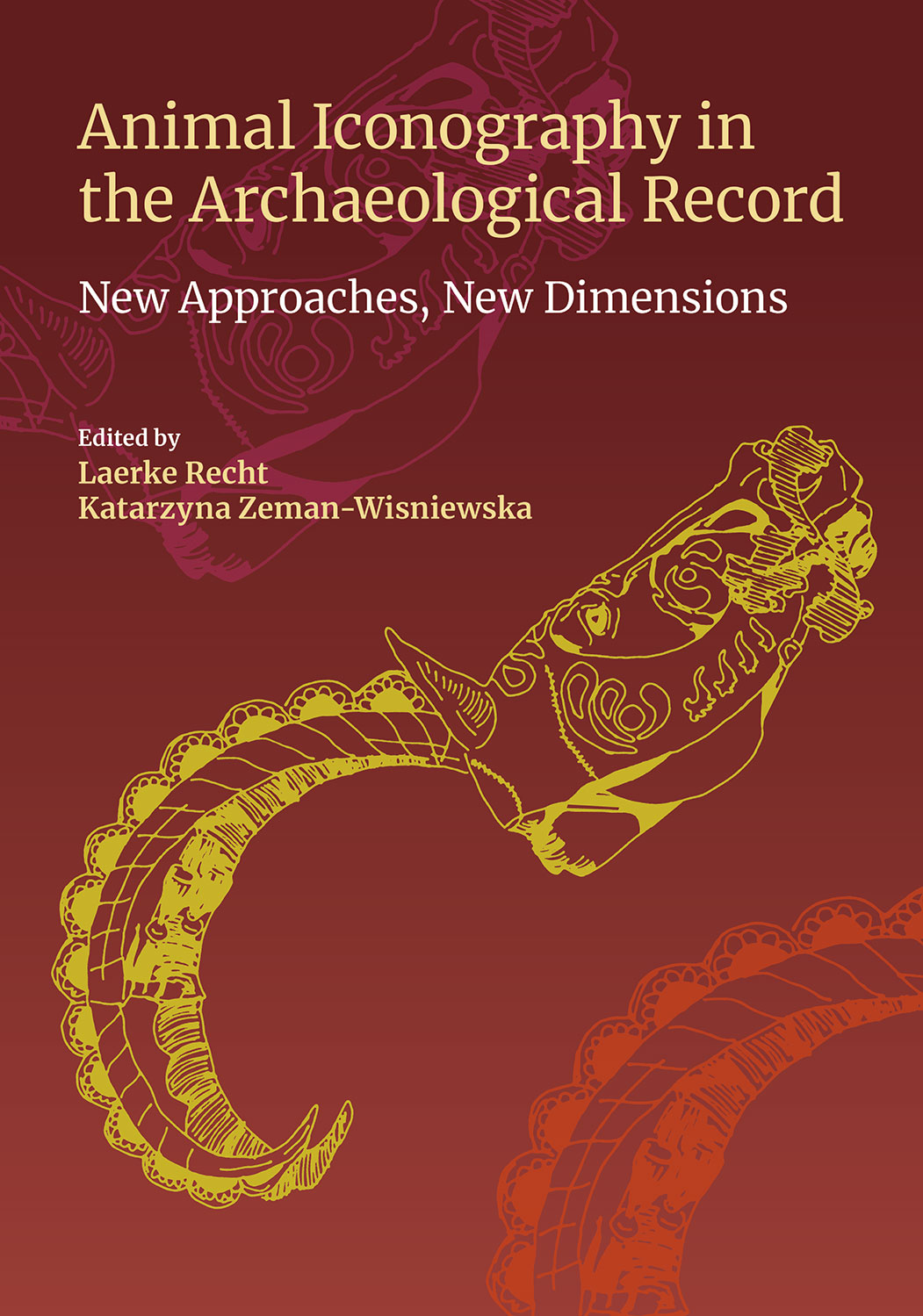‘Flying Gallop’ Iconography and its Representation in the Burial Rites of the Eurasian Bronze Age
Animal Iconography in the Archaeological Record - New Approaches, New Dimensions - Laerke Recht
Igor Chechuchkov [+]
Institute of History and Archaeology of the Russian Academy of Sciences
Emma Usmanova [+]
Saryarka Archaeological Institute, Buketov Karaganda State University, Kazakhstan
Olga Gumirova [+]
Republican newspaper "Druznnye Rebyata," Kazakhstan
Description
In this paper, we consider the origin of the ‘flying gallop’ concept in Inner Eurasia during the Bronze Age. We demonstrate that the concept was well known to the peoples of the Eurasian steppes at the beginning of the 2nd millennium BCE. The case studies of the Novoil’inovskiy 2 cemetery and the Yeshkiol’mes sanctuary allow us to say that the ‘flying gallop’ was represented in ritual contexts and in rock art to symbolically illustrate the myth of the post-mortem travel of the soul to the Otherworld. In the first case, the carcasses of two sacrificed horses were arranged to resemble freely running animals, while the petroglyphs of the Yeshkiol’mes sanctuary indicates that the ‘flying gallop’ concept was utilised in ritual contexts.






